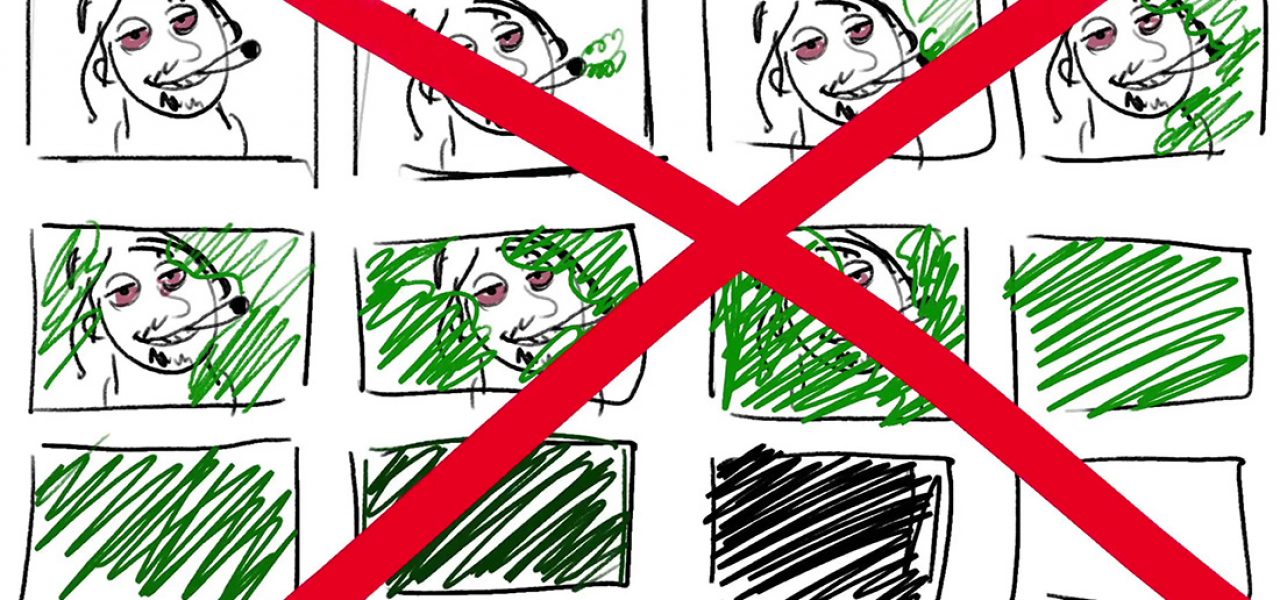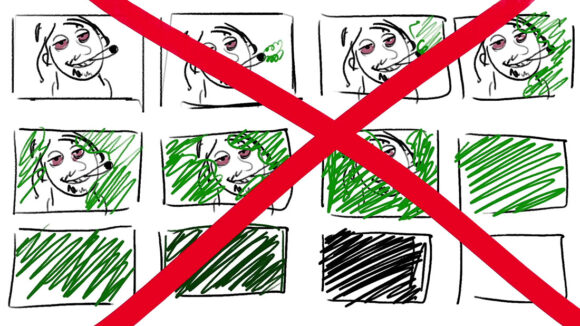

HOW-TO: Tips For Making A Story Portfolio For Feature And TV Animation
In just ten minutes, L.A. artist Toniko Pantoja (Dreamworks Animation, Tonko House, Cartoon Network) walks you through everything you need to know about creating an industry-worthy story portfolio that’ll get you a job in feature and tv animation.
Pantoja’s video goes from the basics – practical advice about what kind of physical portfolio to put your drawings in and where to include your contact information – to specific details about what kind of artwork to include in the portfolio (hint: put storyboards in it).
Watch it below:
Here are some of Pantoja’s top tips:
- Include 2-3 story sequences, preferably of different genres. Each sequence/story should be around 100 panels.
- Present your storyboards in a clear and conventional format, such as 4×4 or 5×3 panels per page. Including numerous panels on a page makes it easier for the story recruiter to see how your shots relate to each other and how you cut between shots.
- Be economic with your panel counts. Don’t include lots of drawings showing the same action – that’s the animator’s job. Each panel should have a purpose of story change.
There’s plenty of other excellent advice in Pantoja’s video – and it’s a good bet you won’t find it communicated so concisely and clearly anywhere else.

